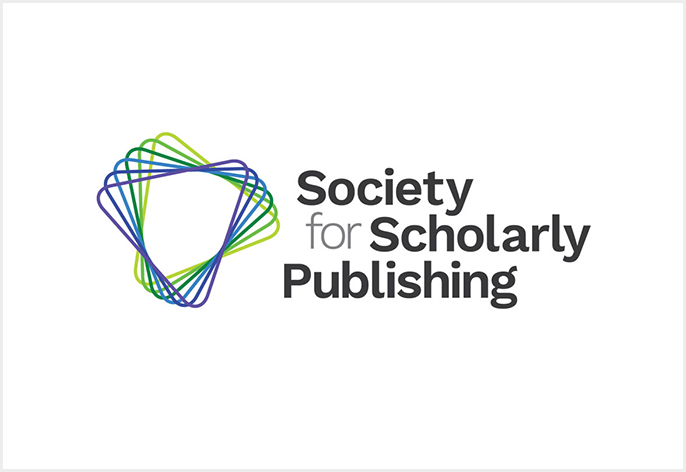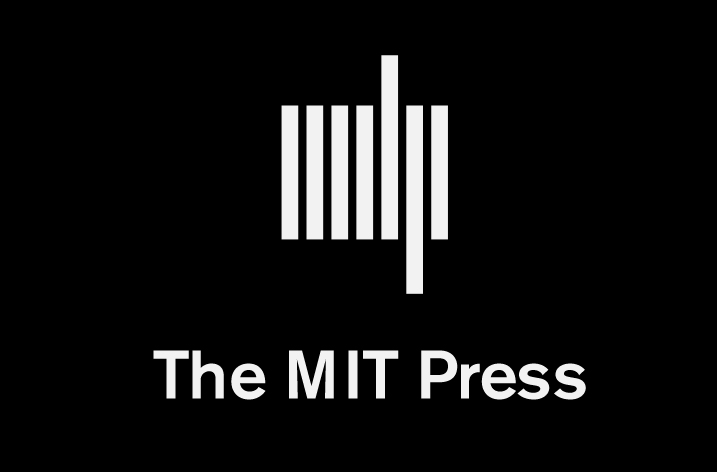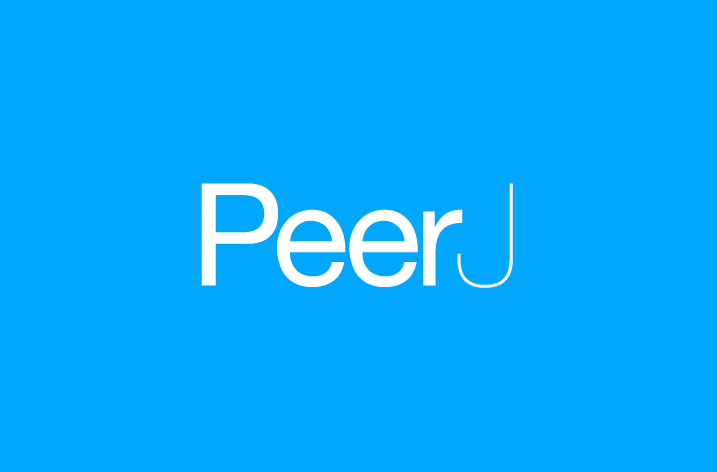
The Society for Scholarly Publishing (SSP) is excited to announce registration for our 46th Annual Meeting, “Inflection Point: Setting the Course for the Future of Scholarly Communication,” is open! Catch up on industry trends and network with scholarly communications colleagues May 29–31 in the vibrant city of Boston, Massachusetts. Seize the opportunity to stay at the forefront of industry trends and forge meaningful connections with peers in the scholarly communications field. Secure your spot now and benefit from our early bird rates available until April 19!
Kickstart the Annual Meeting on May 29 by engaging with industry thought leaders who share advice, case studies, expertise, and the latest market solutions in our Industry Breakout sessions starting at noon on Wednesday, followed by what promises to be an exciting Keynote Address by Deborah Blum, Pulitzer Prize-winning science journalist and Director of the Knight Science Journalism Program at MIT.
Thirty educational sessions over two days led by top industry experts are complemented by two additional plenaries:
- Opening Plenary (May 30) Dive into “The Rise of the Machines” during a thought-provoking moderated discussion.
- Closing Plenary (May 31) Engage in an Oxford-style debate on a crucial question: “Has the Open Access Movement Failed?”
Preliminary program details are available on SSP’s website.
In addition to early registration discounts, special rates are available for Librarians, Students, Retirees, Funders, Researchers, and organizational member staff.
Can’t join in person? Keynotes, plenary sessions, and selected educational sessions will be streamed live, with recordings and real-time chat available for a comprehensive virtual experience.
As a community dedicated to advancing scholarly communication, SSP’s 46th Annual Meeting is more than an event—it’s a chance to contribute to shaping the future of our field. Whether you’re a seasoned professional or new to the scene, we welcome you to join us on this exciting journey! Let’s explore the opportunities at this inflection point together and set the course for a bright future in scholarly publishing.
























